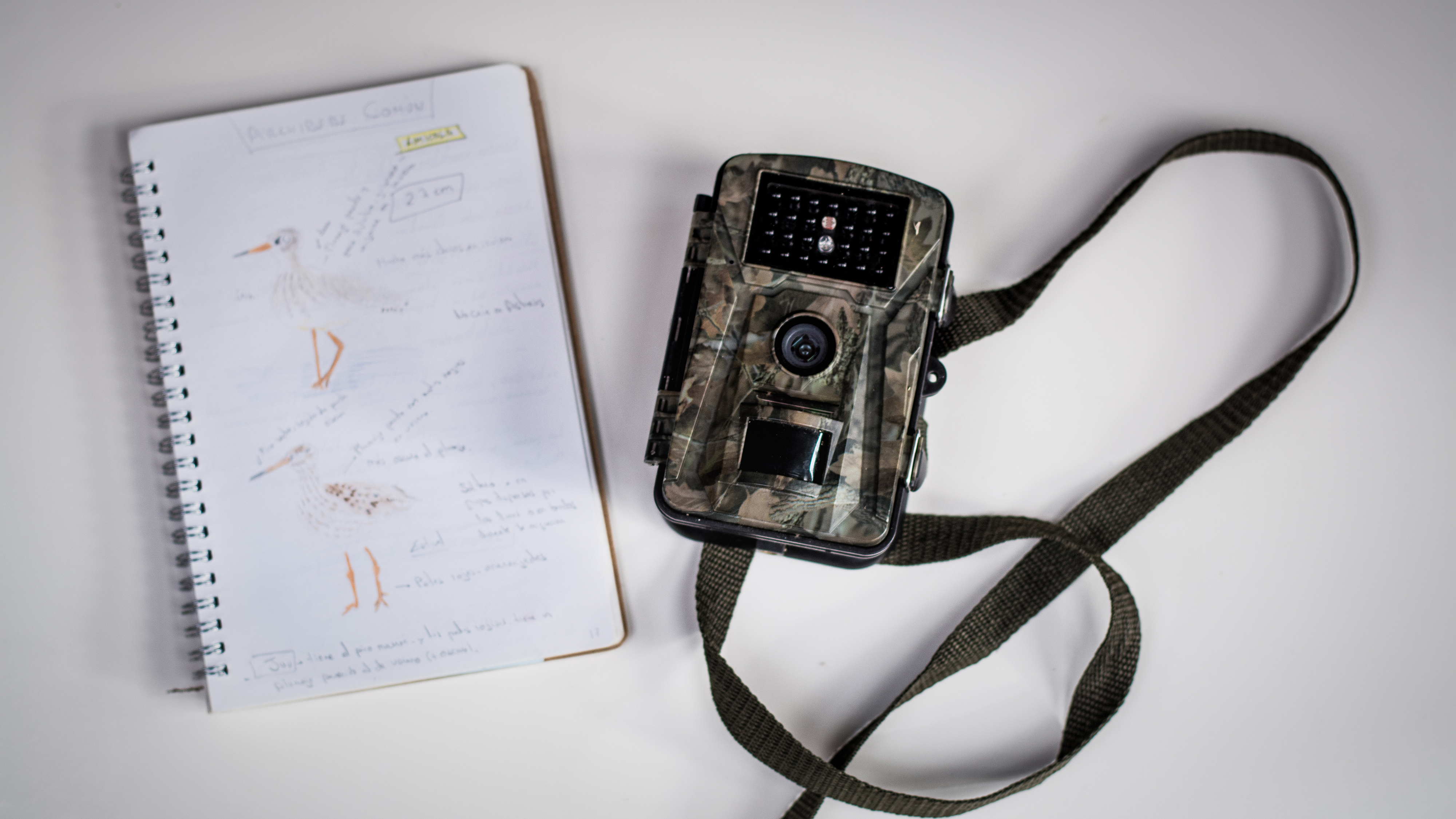

So we’ve done our research and established the need for a trail camera, a sensor-controlled device that begins recording or taking pictures when it picks up movement nearby. Our goal is to observe wildlife up close and personal in a manner that would be next to, or completely impossible to achieve without a trail camera. Wildlife watching can be tough, so it’s about finding and using the technological aids available to us.
- Best trail camera: record nature remotely
Think of the device as a stealth camera, hidden in plain sight. For these reasons, the trail camera can of course also be used as a security or surveillance device, if required.
We’ve had the camera delivered and unboxed it. So what’s next?
1. Get juiced up & fully loaded
Before placing the trail camera into position and leaving it in situ for a while, we’ll want to make sure it’s loaded up with a high enough capacity of memory card and sufficient battery power to last for our intended observational period. Firstly it’s worth checking the maximum capacity card the camera can handle.
Secondly, it’s good policy to also have a backup memory card so whenever we retrieve footage from a device, we can swap out an existing card for a fresh one and thus avoid any downtime.
Some trail cameras that can load up to 8x AA batteries claim that power can last for up to 10 months, or even a full year. So check out your unit’s capability when it comes to such crucial features, as obviously it’s very useful to not have to keep popping back to change or replenish batteries, especially if the camera has been positioned in a remote or difficult to access location – in order to track a particularly skittish or rarely-seen creature.
Some models will allow the use of a rechargeable lithium-ion pack, or even provide an external power jack for operation via a 12v battery. Low power will obviously cause some of the camera’s functions not to operate properly, which could adversely affect the covert imagery captured, so we’ll want to make sure our trail camera is fully juiced to the best of our ability.
Sign up to the T3 newsletter for smarter living straight to your inbox
Get all the latest news, reviews, deals and buying guides on gorgeous tech, home and active products from the T3 experts
It should go without saying but, before we mount and leave a camera on location to do its stuff, it’s crucial to check everything’s in working order, so we’re not wasting hours, days, months and weeks – especially if it’s not a Wi-Fi-equipped model that allows for the operation to be monitored remotely.
2. Swot up on provided features
Most of us are eager to get our device up and running quickly – and that means reading the manual through properly can seem like a major drag. Especially when there’s typically no paper copy in the box and we have to go online to register our product and then download a PDF.
However, in order to have the best chance of our trail camera delivering the results we’re after the first time, we’ll want to be up-to-speed with specification including that our trail camera might take up to three still images when triggered, with intervals adjustable between one second and 60 minutes for example. Or that it can shoot high-quality video too, with interval durations between five seconds and a minute selectable.
Some models offer us sound capture along with our video, while, like still cameras, video resolution can vary also from one device to the next, with some offering a so-so 1280x720 pixels while others boast a more up-to-the-minute 4K resolution. The rough rule of thumb is of course the higher the resolution the better defined the images out of our trail cam are going to be.
We’ll also want to take notice of the device’s detection distance and sensitivity; for example its motion-activated sensor’s ability to be triggered by movement up to 100ft away, or the fact that its sensor is perhaps curved to thereby widen the available area of detection. Plus, if there’s an infrared flash built-in, we’ll want to examine the reach of this feature too, in terms of its minimum and maximum settings, if indeed these are adjustable.
Naturally, as trail cameras are bought for outdoor use, we’ll also want to pay attention to their weather-proofed credentials when deciding where to position them and for how long.
3. Choose the best location
Despite the differing technological gubbins in each, the setting up and positioning of a trail camera is broadly the same, whatever the model.
As when choosing a house, setting up a trail camera is all about location, and finding the perfect one at that. That means placing it somewhere where the device is most likely to be activated by, and therefore record the presence of, the visual quarry we’re after.
Obviously, personal expertise, plus a bit of educated guesswork comes into play here. Even so, there may well be a bit of trial and error required before we come close to capturing what we want, how we want.
At the same time, we’ll also need to be conscious of placing the trail camera out of the way of potential harm and thievery, plus perhaps disguising it in some manner. That’s on top of the fact that most devices on the market offer a camouflage-patterned, green or earthy coloured exterior to naturally blend in with their surroundings.
Like securing a bicycle, some models will also allow a lock to be attached to deter thieves, while provided straps and buckles allow it to be tightly fastened to the trunk of a tree.
We’ll also want to take account of the conditions that the trail camera can operate in – for example, can it still operate down to a chilly minus 20°C – while avoiding placing the camera near anything that will obscure the view of its lens; the branches and twigs of the tree it’s attached to, for example.
For similar reasons we’ll generally want to avoid placing the camera too low to the ground; several feet up is usually best, unless, of course, the creatures we’re seeking visual evidence of are also small and live close to the ground. If it’s wildlife we’re looking to observe, then the size of the animal or animals should always be taken into account.
Also specific to location, some trail cameras even geotag captured images with their whereabouts, which can prove useful when reviewing the device’s output after the event, allowing us to zero back in on a location that proved particularly successful, or discount the one that did not.
If you want to avoid the need for the whole device to be taken down from its perch or tree that it's strapped to, so as to access footage, look for trail cameras on which only the camera module can be quickly and easily retrieved from its housing. Or even ones that provide wireless or Wi-Fi connectivity, so that we can monitor our remote pair of eyes in the dry, while the device itself is sitting in the wet.
Lastly, the direction in which we point our trail camera can be important too. Experts advise setting it up facing north, so as to avoid strong sunlight at the beginning or end of the day leading to over-exposed imagery and silhouetted subjects, while a contrasting background or backdrop can help us in this respect too, enabling the animal in question to appear even more clearly and well defined in our resultant photos or videos.
Liked this?
- Best binoculars: for birdwatching, nature spotting and the outdoors
Gavin Stoker has been writing about photography and technology for the past 20 years. He currently edits the trade magazine British Photographic Industry News - BPI News for short - which is a member of TIPA, the international Technical Imaging Press Association.
-
 3 overrated shoulder exercises, according to a fitness expert (and what to do instead)
3 overrated shoulder exercises, according to a fitness expert (and what to do instead)Sculpt 3D shoulders whilst minimising injury with these three alternative exercises
By Bryony Firth-Bernard Published
-
 Polar’s new subscription feature lands in the shadow of Garmin’s Connect+ rollout
Polar’s new subscription feature lands in the shadow of Garmin’s Connect+ rolloutPR genius or timing disaster? Polar’s new Fitness Programme adds adaptive training to its ecosystem
By Matt Kollat Published
-
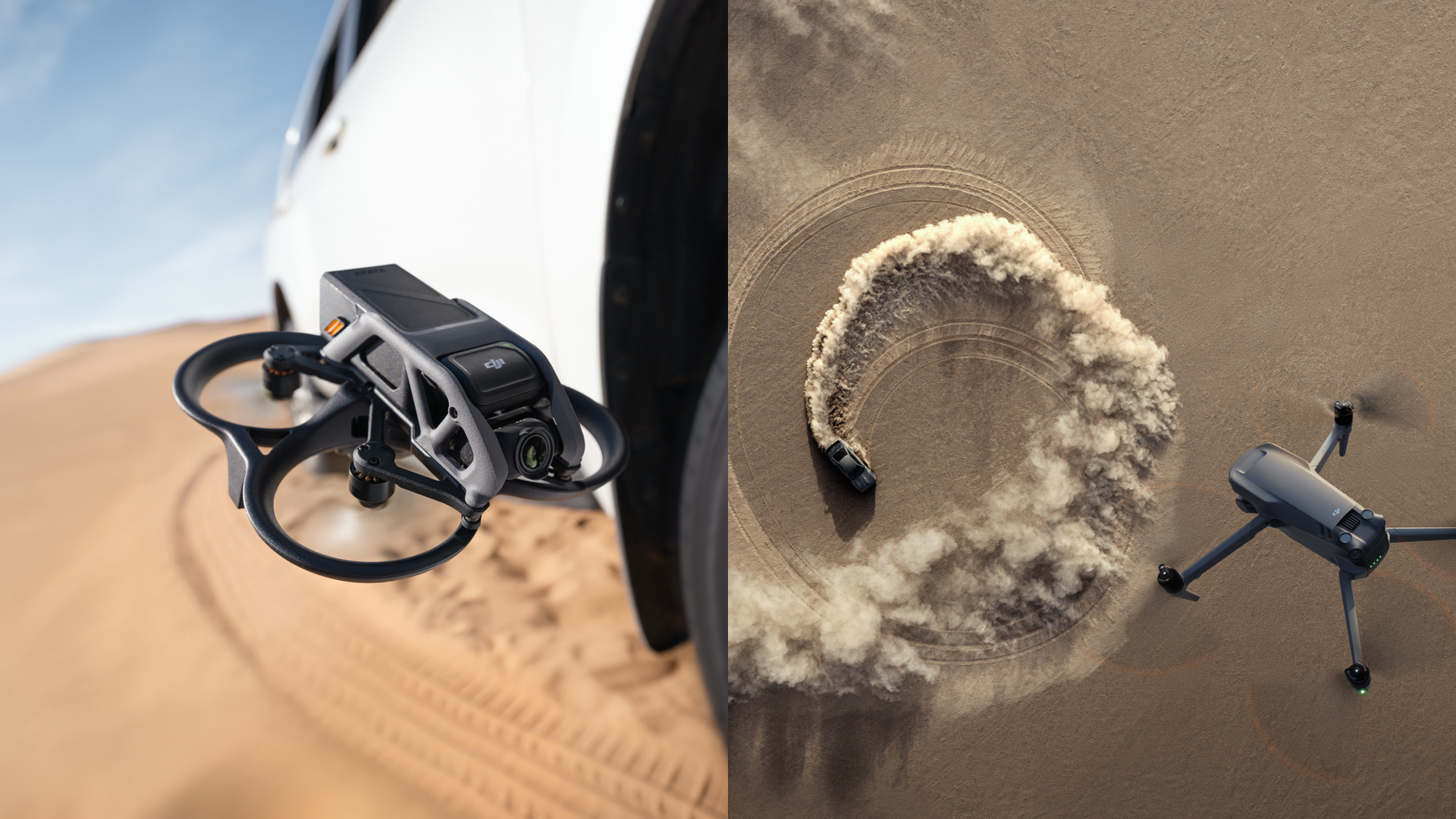 DJI Avata vs DJI Mavic 3 drones: the key differences
DJI Avata vs DJI Mavic 3 drones: the key differencesThe DJI Avata and DJI Mavic 3 are two superb drones and produce ace video content but which one is for you?
By Derek Adams Published
-
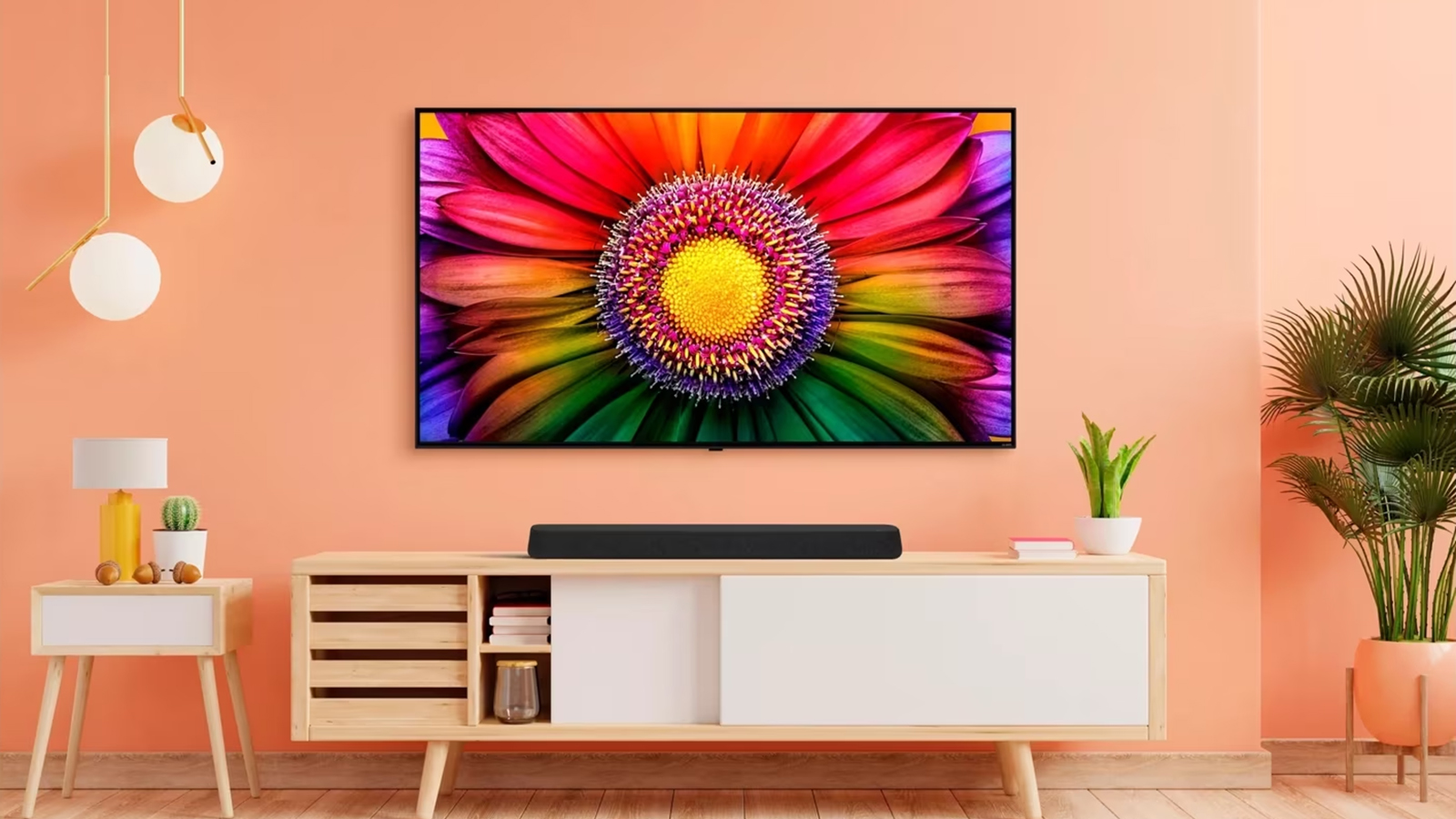 Best soundbars for LG TVs 2025: Upgrade your LG TV's sound
Best soundbars for LG TVs 2025: Upgrade your LG TV's soundLG TVs can benefit from particular soundbar pairings. Here are the best – as reviewed, rated and ranked
By Mike Lowe Last updated
-
 Online photo printing vs home printing: which is right for you?
Online photo printing vs home printing: which is right for you?Want to print your photos but don't know where to start? We're here to help you decide…
By Gavin Stoker Published
-
 How can I print high-quality photos at home?
How can I print high-quality photos at home?Want to print high-quality photos at home? Here's how!
By Gavin Stoker Published
-
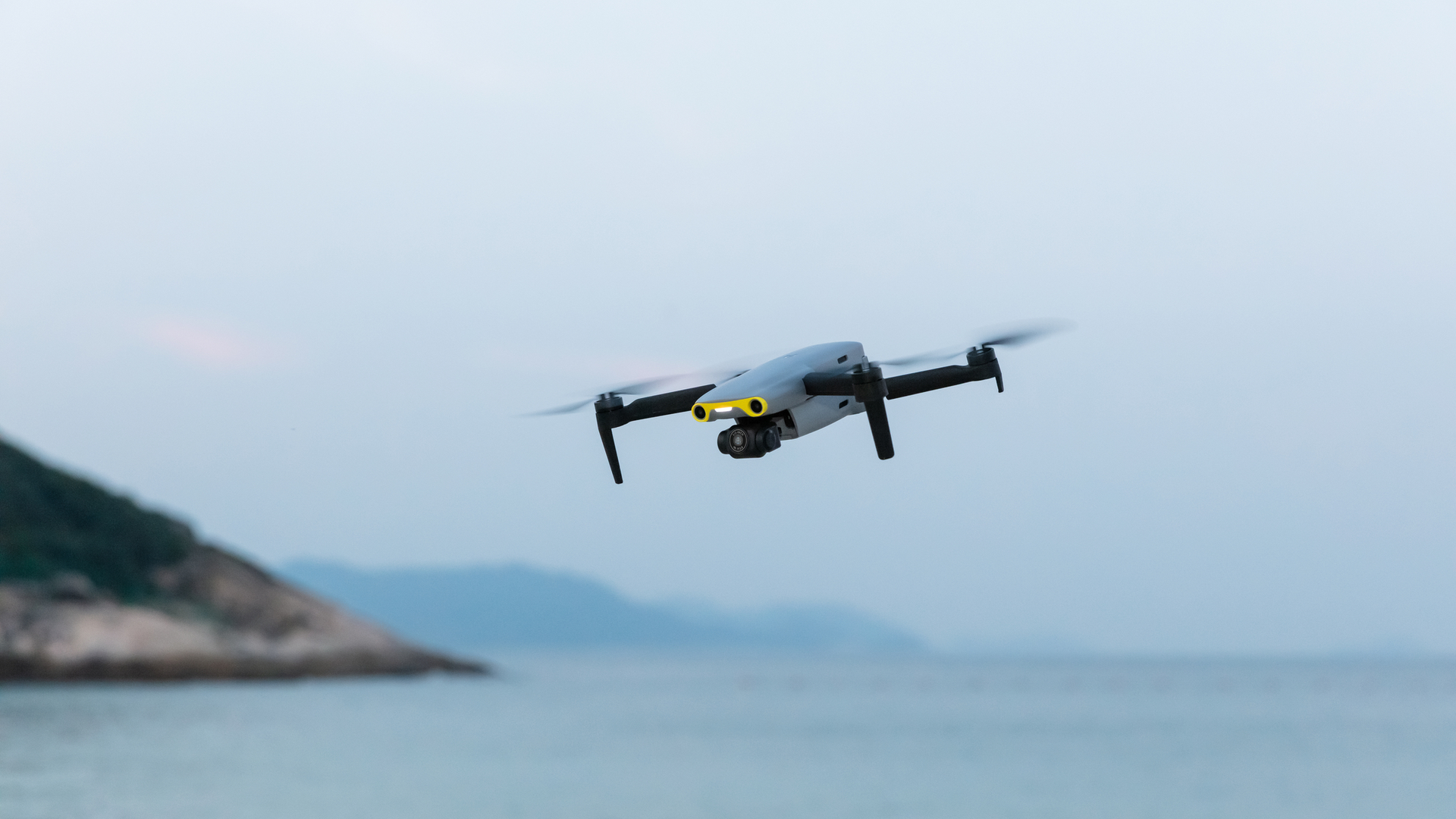 Autel Evo Nano drone review: this sensational mini drone is coming for DJI's crown
Autel Evo Nano drone review: this sensational mini drone is coming for DJI's crownThe new Autel Evo Nano drone weighs less than 250g and shoots sharp-as-a-tack 4K video and exquisite 48 megapixel stills. Here's our review
By Derek Adams Last updated
-
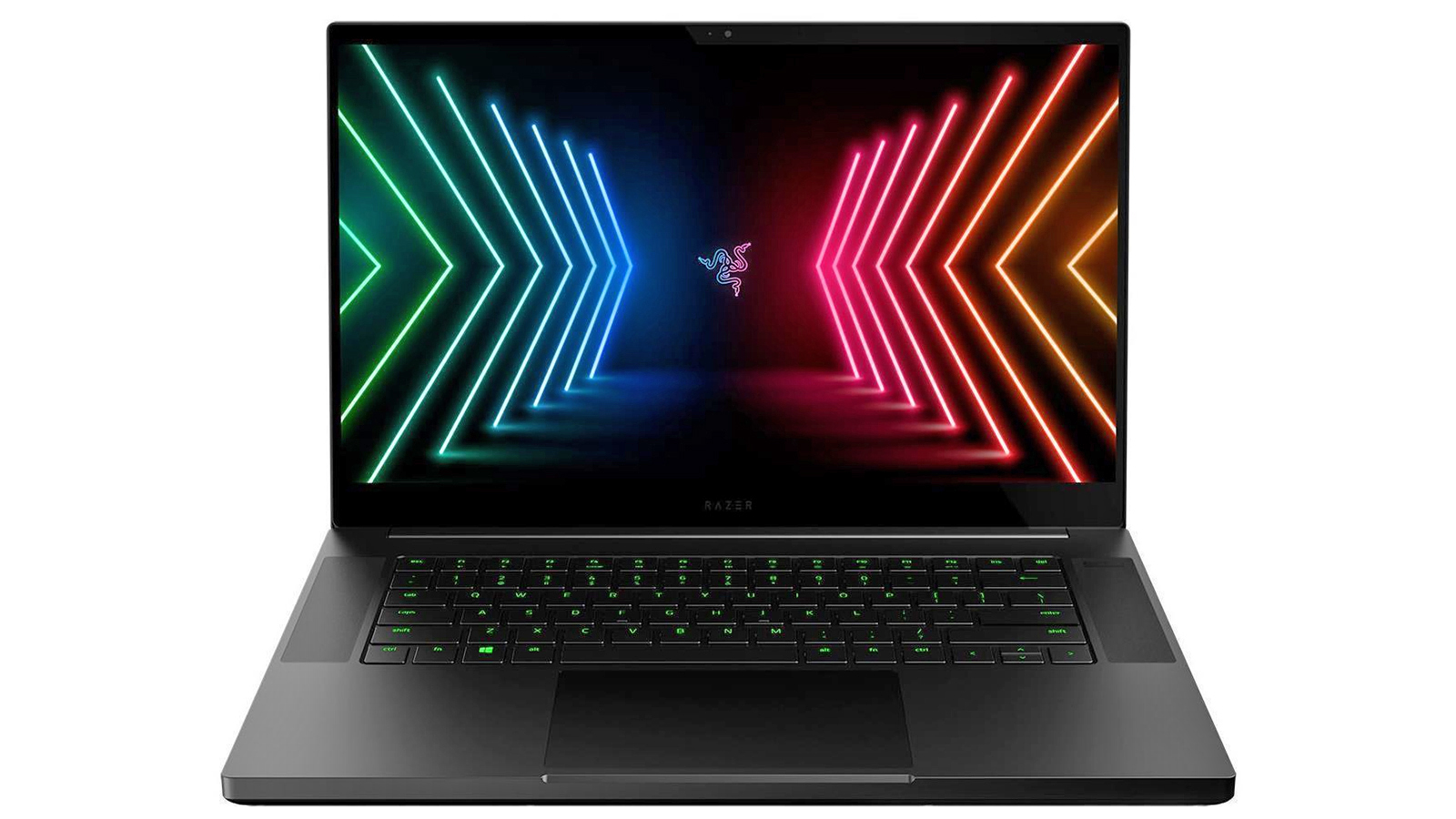 Should I buy the Razer Blade 15?
Should I buy the Razer Blade 15?Another top-tier gaming laptop from Razer – but is it right for you?
By David Nield Published
-
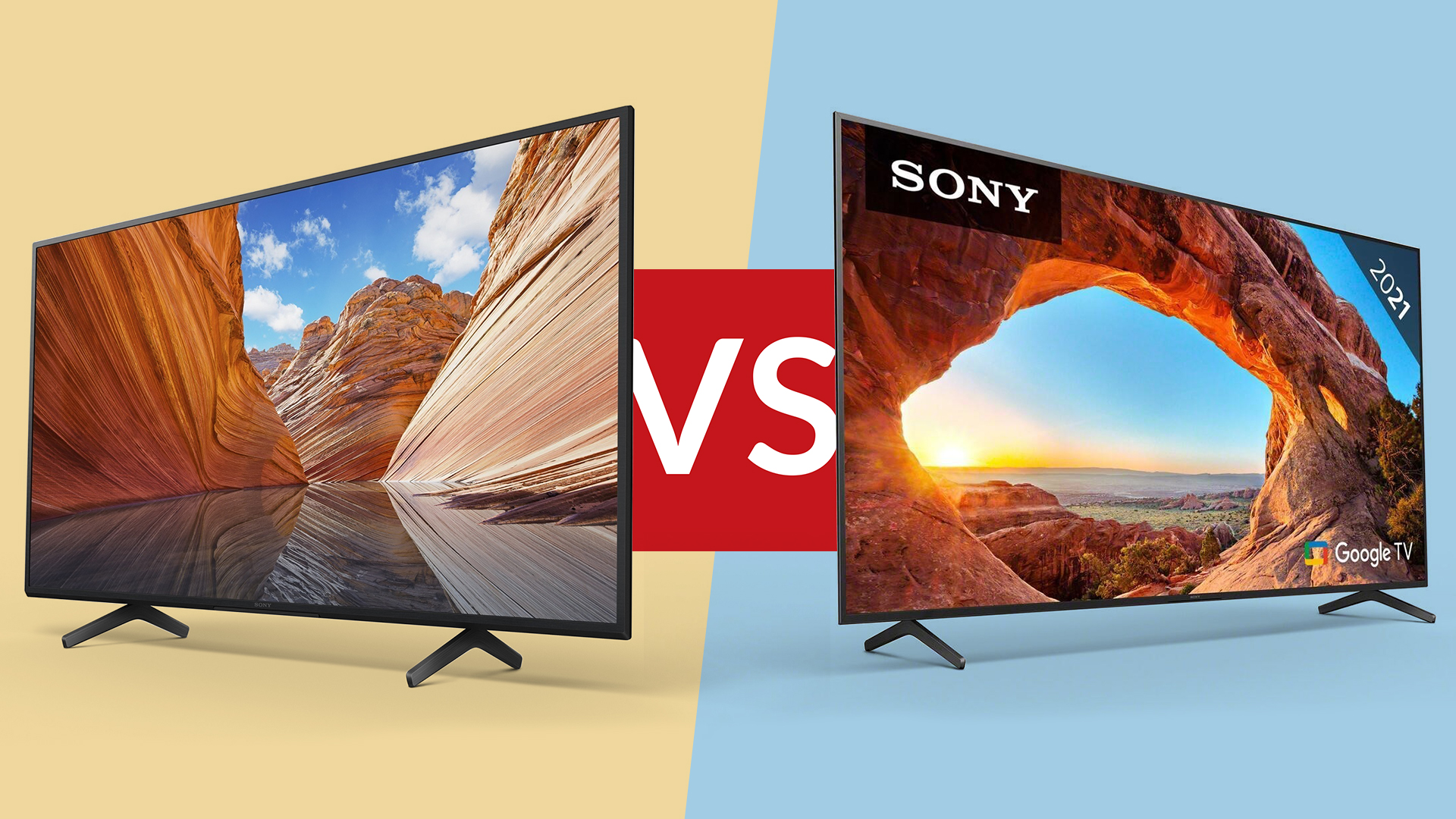 Sony X80J vs Sony X85J: the differences in Sony's affordable 4K TVs explained
Sony X80J vs Sony X85J: the differences in Sony's affordable 4K TVs explainedWe compare the Sony X80J vs Sony X85J so you can see which mid-range 4K TV is the best buy for you
By Esat Dedezade Published
-
 Should I buy the Acer Chromebook 515?
Should I buy the Acer Chromebook 515?Should this Chromebook be your next buy?
By David Nield Published